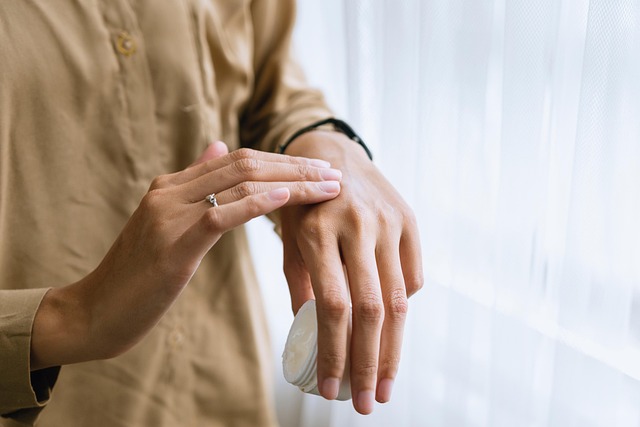Safe ingredient pairings: what to avoid in pre and post care
Understanding safe ingredient pairings helps reduce irritation and improve results when using depilatory products. This article outlines common interactions to avoid during pre-application and aftercare, and explains practical steps for patchtesting, applicator care, travel, disposal, and general skincare considerations.

Using depilatory creams requires attention to ingredients, timing, and aftercare to reduce irritation and unexpected reactions. Proper pre-application preparation and deliberate post-care help manage sensitivity, minimize residue, and support healthy regrowth. This article focuses on ingredient pairings and practical steps to avoid common problems associated with depilation and topical products.
Depilatory ingredients to avoid together
Depilatory formulations rely on active ingredients that break down hair proteins. Avoid combining depilatory products with other strong chemical treatments such as high-concentration alpha- or beta-hydroxy acids, benzoyl peroxide, or topical retinoids on the same area close in time; these can increase irritation, redness, and risk of chemical burns. After applying an acid exfoliant to the skin, allow a buffer period before applying a depilatory to let the skin recover. Similarly, avoid layering multiple depilatory or keratolytic products—mixing active chemistries can change effective pH and potency and lead to unpredictable reactions.
Depilation timing and pH interactions
pH affects depilatory performance because active ingredients work within a specific alkaline range. Do not attempt to alter a product’s pH by adding other substances. Timing is also important: do not depilate immediately after vigorous exfoliation, sun exposure, or professional chemical peels. Skin that is freshly exfoliated or sunburned is more acidic or compromised and is therefore more sensitive. Waiting 48–72 hours after aggressive treatments helps restore barrier function and reduces the risk of irritation during depilation.
Application technique and applicator care
Follow manufacturer instructions for application time and thickness; overapplication or leaving product on longer to speed results can increase irritation. Use the provided applicator or a clean tool to spread and remove depilatory cream rather than bare fingers to limit cross-contamination and skin trauma. After use, rinse the applicator, or discard single-use spatulas according to disposal guidance. Avoid reusing applicators beyond their intended shelflife; worn tools can harbor residue and bacteria that could irritate the skin on subsequent uses.
Sensitivity, patchtesting, and dealing with irritation
Patchtesting is essential: apply a small amount of product to an inconspicuous area and wait the recommended time to observe for redness, burning, or swelling. If sensitivity appears, do not proceed with full application. For mild irritation after depilation, cool compresses and fragrance-free emollients can soothe skin. Avoid using topical corticosteroids or medicinal products unless advised by a healthcare professional. Persistent redness, blistering, or worsening pain should prompt consultation with a qualified clinician. This article is for informational purposes only and should not be considered medical advice. Please consult a qualified healthcare professional for personalized guidance and treatment.
Managing regrowth, residue, and skincare interactions
Depilatory creams dissolve hair at the skin surface, which affects regrowth timing compared with shaving or waxing. To reduce residue, thoroughly rinse after the recommended application period and use a gentle cleanser to remove lingering cream. Avoid immediately applying strong actives (like exfoliating acids or benzoyl peroxide) after depilation; instead, wait at least 24–48 hours. When selecting moisturizers, choose fragrance-free, non-comedogenic products to support barrier recovery and reduce irritation. If persistent sticky residue remains, a mild oil-based cleanser followed by soap and water can help clear remaining product safely.
Shelflife, disposal, travel and practical aftercare
Check the product shelflife and unopened expiration date—microbial contamination or degraded ingredients can change safety and performance. Store depilatories according to label instructions, typically in a cool, dry place. For disposal, follow local services guidance: many depilatory creams can be discarded in household waste if sealed, but check area-specific rules for chemical disposal if instructed on the label. When traveling, pack single-use applicators or ensure containers are compliant with local transport regulations and sealed to avoid leaks. Aftercare on the go should prioritize gentle cleansing, breathable clothing, and avoiding tight fabrics that can rub newly treated skin.
Conclusion Thoughtful pre- and post-care reduces the risk of irritation and improves comfort when using depilatory products. Key practices include patchtesting, avoiding conflicting actives around the time of depilation, respecting product pH and application instructions, and managing applicator hygiene and disposal. Attention to these details supports healthier skin, cleaner results, and more predictable regrowth.





